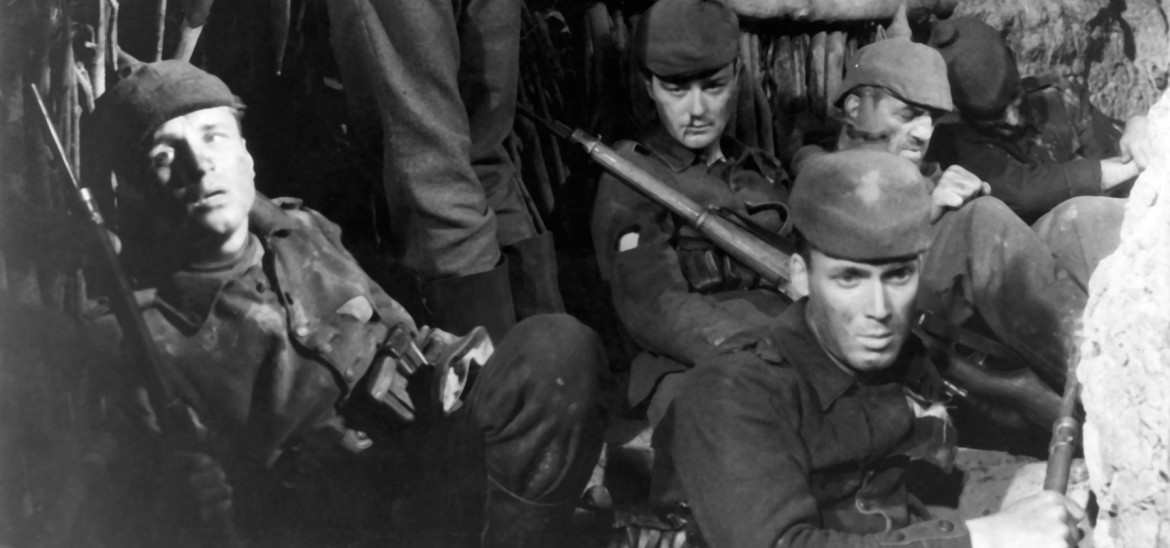Into Film Clubs
Find out everything you need to know about starting an Into Film Club.



We're marking the 100th anniversary of the Battle of the Somme this July with a selection of resources and a brand new film list. We've also asked Vicky Gough of the British Council - which has developed its own Remember the Somme Resource Pack - to write a piece for us to demonstrate how its resource can be used in the classroom, and why it's important that young people of today be aware of the terrible battle that took place a hundred years ago and the far reaching consequences it wrought.
Explore our World War One film list, and read Vicky's article below.
The Battle of the Somme, which began 100 years ago on 1 July, was one of the longest, bloodiest and most futile battles every fought in the history of war. In 141 days of fighting, over a million men lost their lives, including soldiers from all over the British Empire that were fighting for the British army. The Centenary presents an opportunity to explore in depth the impact of this terrible conflict with our students - something which is particularly important now that those individuals that may remember it firsthand have passed away.
At the British Council, we've found many people we've questioned about the First World War are unaware of the global nature of the War and its impact on countries such as India, Canada and South Africa. A key aim of our work with educators - in the UK and worldwide - is to bring the world into the classroom, and to encourage a global perspective which equips young people to live and work successfully in a global society.
With this in mind, we've created a resource pack for teachers of 7-14 year-olds, which encourages students to explore the experience of the conflict from around the Commonwealth, and how it is being remembered a century later. One way of doing this is to take your students to visit a Commonwealth War Grave. There are 300,000 Commonwealth War Graves and Memorials in the UK, many of them unknown by their local communities, and you can find them using the interactive map provided. You could study and discuss the inscriptions on the headstones, encourage pupils to calculate the average age of the soldiers buried there, take rubbings of the headstones, or read war poetry.
Showing students authentic photographs from the Somme and asking them to write down what these reveal and what they'd like to ask the people in the photos is another way to bring to life different aspects of the conflict. You could also encourage them to conduct research to find out how their own country, region or community was affected by the battle. Looking at First World War recruitment posters and the messages they were trying to convey - and comparing British, French and German posters - is another interesting activity, as is exploring the experiences of a Conscientious Objector.
These activities - whether used as starting points for individual lessons or as part of a larger project with a partner school overseas - will encourage deeper knowledge and understanding of a catastrophic conflict from which, a hundred years on, bodies are still being discovered.
Viewing 4 of 4 related items.

Find out more about our streaming service, designed specifically for UK schools.